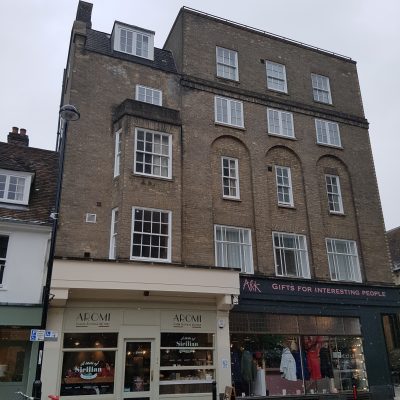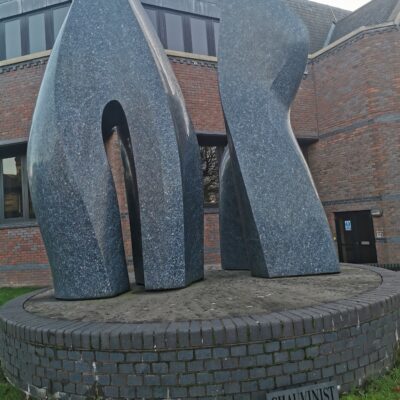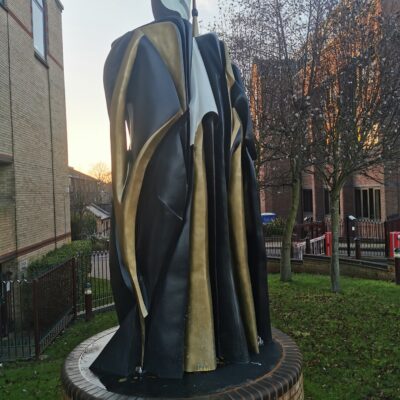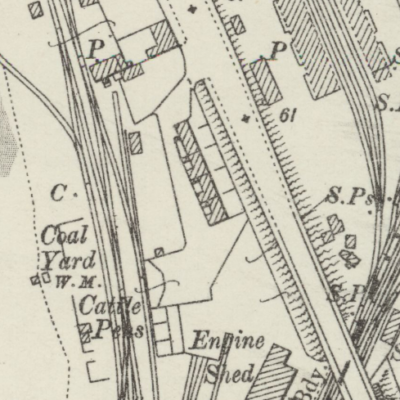Search by topic
- archaeology
- Building of Local Interest
- chapel
- charity
- church
- crime
- dressmaker
- fire
- Great Eastern Railway
- Listed building
- Mapping Relief
- medieval
- oral history
- poverty
- Public House
- Religious House
- Roman
- scholar
- school
- Then and Now
- tudor
- women
- work
- world war one
- world war two
Search by text
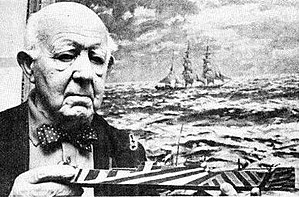
97 Hills Road, (2 Eastbourne Terrace)
History of 97 Hills Road
1871
Robert Charles Catling, 29, brewer & commercial traveller, born Ely
Emily Jane, 21, born Essex
Maria Evans, 22, servant, born Girton
1878
This was the birthplace of the artist Norman Wilkinson (1878-1971). [Information provided in 2024 by MHW]. Norman Wilkinson made an important contribution to the history of Marine camouflage. He was one of four children of Thomas Collins Wilkinson, b 1853, music teacher. In 1881 the family is at London Hill, Harrow where Thomas Wilkinson, 52, is ‘Head Master Board School.’
During the First World War, while serving in the Royal Naval Volunteer Reserve, he was assigned to submarine patrols in the Dardanelles, Gallipoli and Gibraltar, and, beginning in 1917, to a minesweeping operation at HMNB Devonport. In April 1917, German submarines achieved unprecedented success in torpedo attacks on British ships, sinking nearly eight per day. In his autobiography, Wilkinson remembers the moment when, in a flash of insight, he arrived at what he thought would be a way to respond to the submarine threat. He decided that, since it was all but impossible to hide a ship on the ocean (if nothing else, the smoke from its smokestacks would give it away), a far more productive question would be: how can a ship be made to be more difficult to aim at from a distance through a periscope? In his own words, he decided that a ship should be painted “not for low visibility, but in such a way as to break up her form and thus confuse a submarine officer as to the course on which she was heading”. From Wikipedia article on Norman Wilkinson]
1881
Richard W Maris, 39, corn merchant, born Hinxton
Martha M, 37, born Somerset
Annie M, 13, born Essex
Edith, 12, born Hinxton
Lillian M, 9, born Hinxton
Robert J, 7, born Hinxton
Herbert H, 4, born Fulbourn
William B, 1, born Fulbourn
Harriet A Middleton, 23, servant, born Swavesey
Jane Osborne, servant, 15, born Wilbraham
1891
Louisa Ellis, widow, 59, living on own means, born Sussex
Fanny Ellam, servant, 21, born Great Shelford
1901
Louisa Ellis, widow
Rachel Pooley, servant, 21, born Norfolk
1911
Alice Bragg, 52, widow, apartments, born Balsham
Stanley G Bragg, 27, farm pupil, born Balsham
Henry Frank Preston38, boarder, district supt., born Hammersmith
Stanley Jones, 28, flour mill engineer, born Liverpool
George Barker, 20, wood carver, born Kent
1913
Mrs Bragg
1962
Douglas White
1971
Peter Jackson
This was also at some time, the home of the artist Norman Wilkinson (1878-1971). [Information provided in 2024 by MHW]. Norman Wilkinson made an important contribution to the history of Marine camouflage.
During the First World War, while serving in the Royal Naval Volunteer Reserve, he was assigned to submarine patrols in the Dardanelles, Gallipoli and Gibraltar, and, beginning in 1917, to a minesweeping operation at HMNB Devonport. In April 1917, German submarines achieved unprecedented success in torpedo attacks on British ships, sinking nearly eight per day. In his autobiography, Wilkinson remembers the moment when, in a flash of insight, he arrived at what he thought would be a way to respond to the submarine threat. He decided that, since it was all but impossible to hide a ship on the ocean (if nothing else, the smoke from its smokestacks would give it away), a far more productive question would be: how can a ship be made to be more difficult to aim at from a distance through a periscope? In his own words, he decided that a ship should be painted “not for low visibility, but in such a way as to break up her form and thus confuse a submarine officer as to the course on which she was heading”. From Wikipedia article on Norman Wilkinson]
Contribute
Do you have any information about the people or places in this article? If so, then please let us know using the Contact page or by emailing capturingcambridge@
License
This work is licensed under CC BY-NC-SA 4.0






